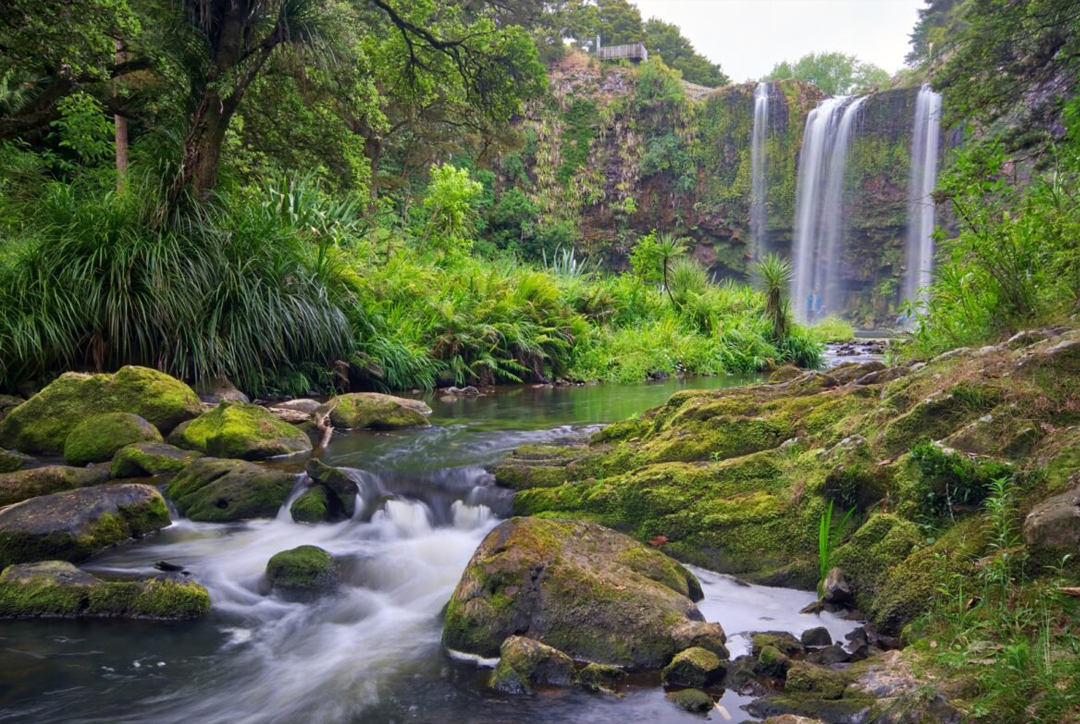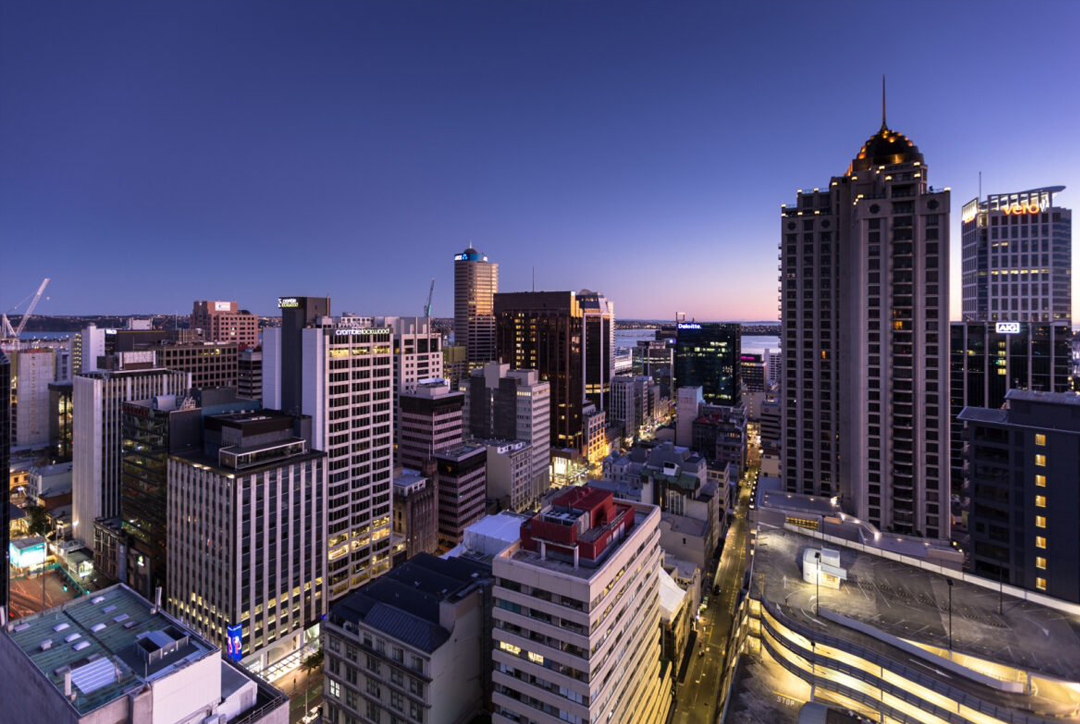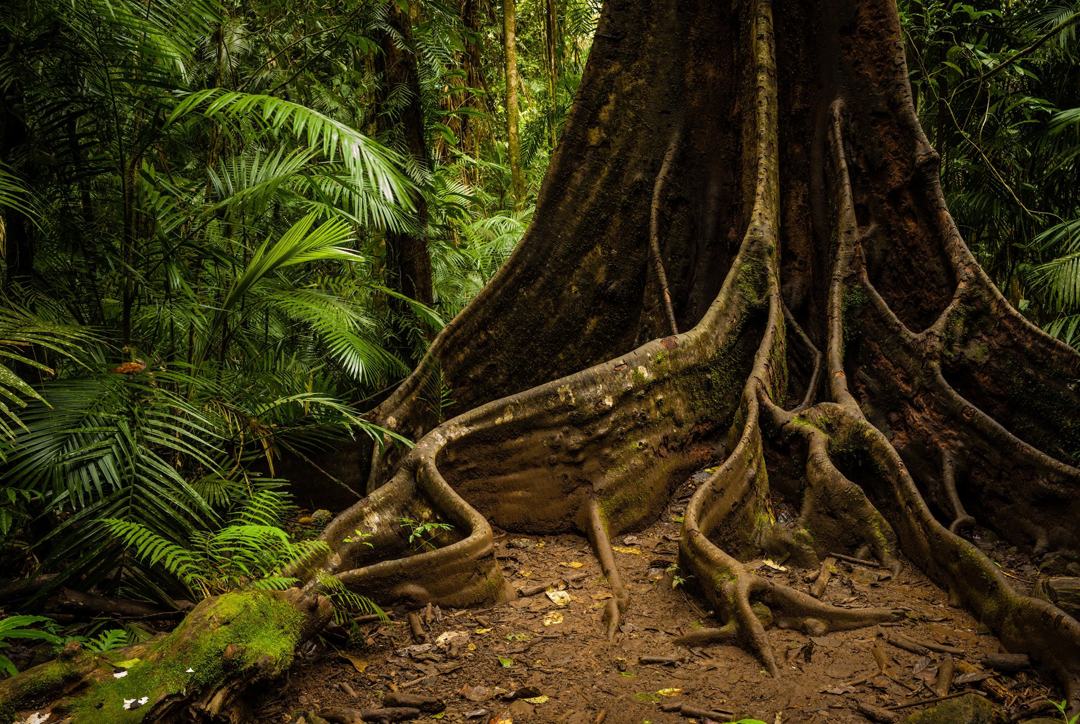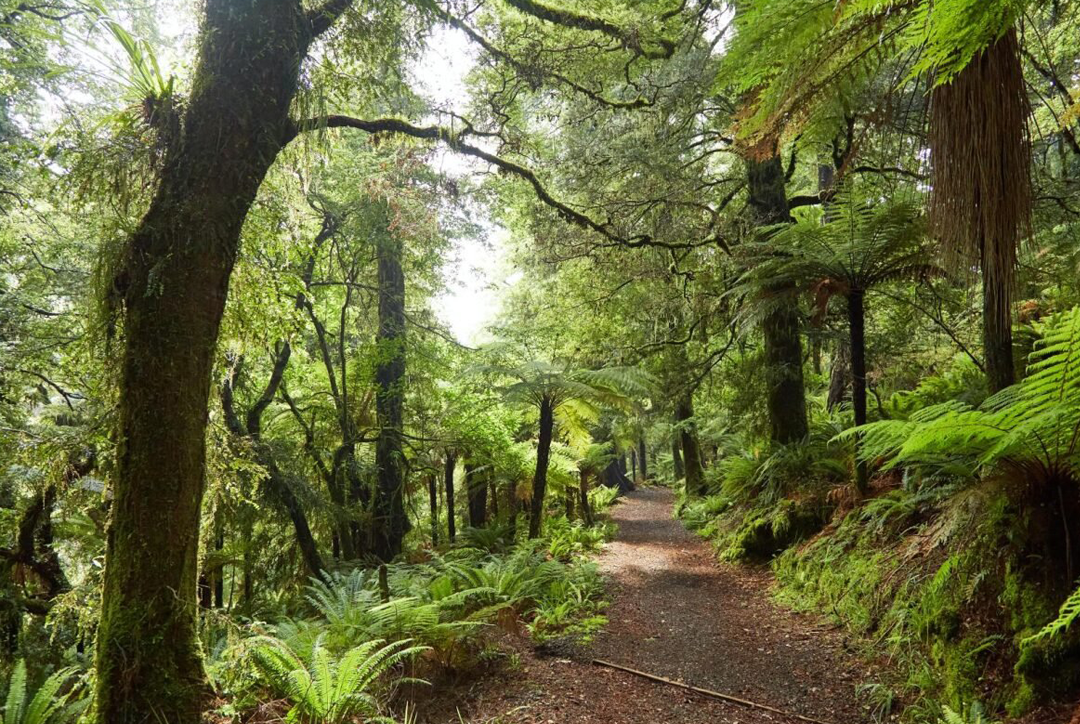Climate, Community, Biodiversity
We work with organisations to look after the place – climate, community, biodiversity
Climate
Organisations are increasingly aware of the need to look after the planet as a core element of what they do. We are here to help you get started with the climate, specifically carbon elements of your journey. We help organisations, products and events with carbon measurement and certification options. As part of helping, you produce a smart reduction plan from measurement insights, this includes identifying the low hanging fruit on the metaphoric emissions reductions tree, where reduction actions should be taken first. Following the emissions reduction actions, organisations can take responsibility for their residual emissions through purchasing indigenous forest carbon offsets.
For businesses that would like to back up their carbon claims, we offer certification programs that provide a clear pathway to sustainability. Our certification programs include:
Carbon Conscious – for businesses looking to measure, reduce, and invest in emissions reductions;
Net Zero Carbon – for those committed to offsetting 100% of their emissions after investing in reductions;
Net Zero Carbon Business Lite – designed for smaller businesses with simpler structures; and
Climate Positive – which contributes to a net positive impact on the planet by committing to offset 120% of their emissions after investing in reductions.
Certification enhances your credibility, meets stakeholder and customer expectations, and aligns your business with international standards like ISO 14064-1:2018 and the Greenhouse Gas Protocol. By becoming certified, you gain a competitive edge and contribute to a low-carbon future.
Community
At Ekos one of our core values is community. Community is integral to how we relate to people inside and outside our organisation. Our overall mission as a social purpose business to help people achieve their sustainability goals.
We help communities through nature-based solutions such as the development of forest carbon projects through the NZ ETS and international VCM standards. The forest carbon projects earn verified carbon credits which are monetised to create a sustainable income in order to continue protecting the forest as well as strengthen community development. All projects that Ekos support, have developed or co-developed have an element of community enhancement. These projects are not only powerful ways to protect and conserve forest and ecosystems, but they are also able to provide community development.
As an example, the Loru Rainforest Conservation Project provides the landowners governance and management support as well as capacity building for the community enterprise at Loru. This helps landowners manage the project and develop spin-off community businesses such as selling agroforestry produce (e.g. Canarium nuts) from adjacent lands that they own and manage.
Another example of a project that enhances community development is the Rarakau Rainforest Conservation Project here in Aotearoa. Other than being able to conserve this forest, this project allows the community to help train young people, develop their farm and provide future education and employment opportunities.
Rameka Forest Carbon Project is another testament to community development. This project is a community-based project which brings in motivated volunteers to help with recreational track building, tree planting and pest and weed control. The hard work from the team at Rameka is shared upon the community and showcases the process of forest conservation.
Biodiversity
Another fundamental part of our work is to support biodiversity conservation and enhancement – to help avert the global biodiversity crisis. Did you know that the mass extinctions happening globally have not been matched for 65 million years (when the dinosaurs died out). This extinction event is being caused by massive habitat loss. For example, according to the Department of Conservation (DOC) 87% of the world’s wetlands are estimated to have been lost between 1700 and 2000 and the remainder are disappearing at a rapid rate.
As the last major landmass to be populated by humans, Aotearoa has seen a rapid biodiversity decline over the last 800 years. At Ekos we want to make a significant contribution to meeting the goals of the New Zealand Biodiversity Strategy through habitat enhancement and protection. One way that we do this is through our nature-based forest carbon projects designed to establish and protect as many indigenous forests as we can. These forest carbon projects combine biodiversity conservation with water quality protection, and climate resilience (e.g., erosion control).
We measure biodiversity through biodiversity monitoring including vegetation assessments and bird counts. Different species of birds live in different forest types and micro-environments within a forest. For this reason, bird counts help to provide an indicator of the habitat diversity in a forest system. When undertaking a vegetation assessment, we record the species diversity within a given area and monitor the natural regeneration. Our projects also involve pest and weed control to reduce threats to indigenous ecosystems.




